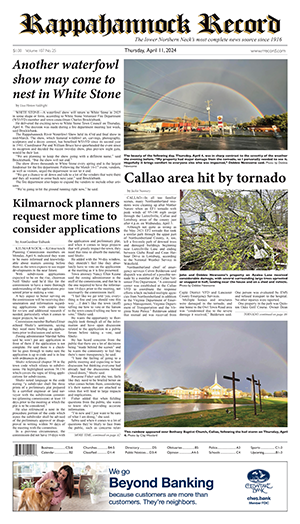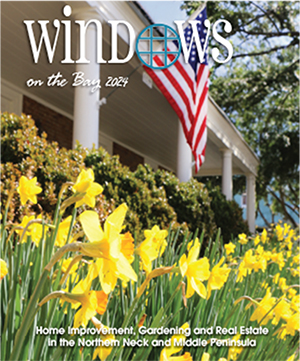At present, I am uncertain whether Gladys is moving into senior status or not. In past years February has been an important transitional month for her, but to date this year she has taken no notice of the dawn of spring. I have yet to see her first egg of the season, and she has toned down her normal, constant honking, almost to a whisper, or perhaps I should say, “whishonk?”
A year has passed since Lewis and Mae Shelton gave me their goose, Henry, and he has adjusted to his new home quite well. He has picked up with the honking, where Gladys left off, but with a much more gentle and cultured demeanor. He speaks softly, does not yak constantly, and always waits for a reply whenever he speaks to me. He is one of the most refined geese I ever have known.
Gladys finally has accepted the fact that Quack 1 and Quack 2 are here to stay. When they arrived last March, I had to hold them in the utility room with a bright light to keep them warm until their feathers came out. My Good Wife’s forbearance was most admirable. The ducks are my first experience with the Khaki Campbell breed, and happily they are a drake and a duck, hence I am counting on ducklings this spring.
Quack 2 has turned out to be a prolific layer, nearly every day depositing a bright white egg somewhere in the coop. I am hopeful that she will have more horse sense about building a nest than Gladys ever had. The Khaki Campbell breed of ducks was developed and introduced in England by Mrs. Adele Campbell in 1898. During World War I she called her breed “khaki” because she thought the coloring of their feathering was similar to that of the British soldiers’ wartime uniforms.
Gladys ignores Quack 2’s eggs, as do the chickens. All of the existing fowl with the exception of Henry, like to pretend that the two Quacks do not exist. Henry only gets upset with them if they approach his meal servings.
Khaki Campbell ducks specialize in eating bugs, which some fowl experts claim makes their eggs more flavorful. They are far more conscious of their surroundings than many chickens. The current egg crisis is having a deleterious effect on the availability of baby chicks for this spring season. Many producers already are sold out, even to the extent of selling chicks not yet hatched.
The favorite food of all fowl, in my experience, is the egg. If I drop an egg, or bring eggshells out to the coop, they go wild trying to beat each other to the bounty. Almost of equal concern to them is a batch of shrimp shells, which they gobble down to be converted to eggshells. They also enjoy fresh vegetables, particularly leafy ones such as kale, lettuce and cabbage.
Gladys never has cared about the water, but Henry and the Quacks consider swimming to be second nature. They view the water as both a chance to bathe and to exercise, whereas a chicken will take a dust bath, knowing that the specks of dust will enter the spiracles of any resident bug either causing its demise or departure from their feathers. Gladys is a Cotton Patch goose, a breed originally developed, as the name implies, to keep cotton fields free of weeds. That propensity is her specialty. She truly enjoys weeding.
The prospect of the arrival of ducklings is the only current excitement coming out of the barnyard. The chickens have tried setting, and despite my encouragement, they have not produced a single chick. For the past three years Esmerelda has set for weeks, but to no avail.
I hope she will not become depressed if Quack 2 succeeds where she has failed. The saga continues.











